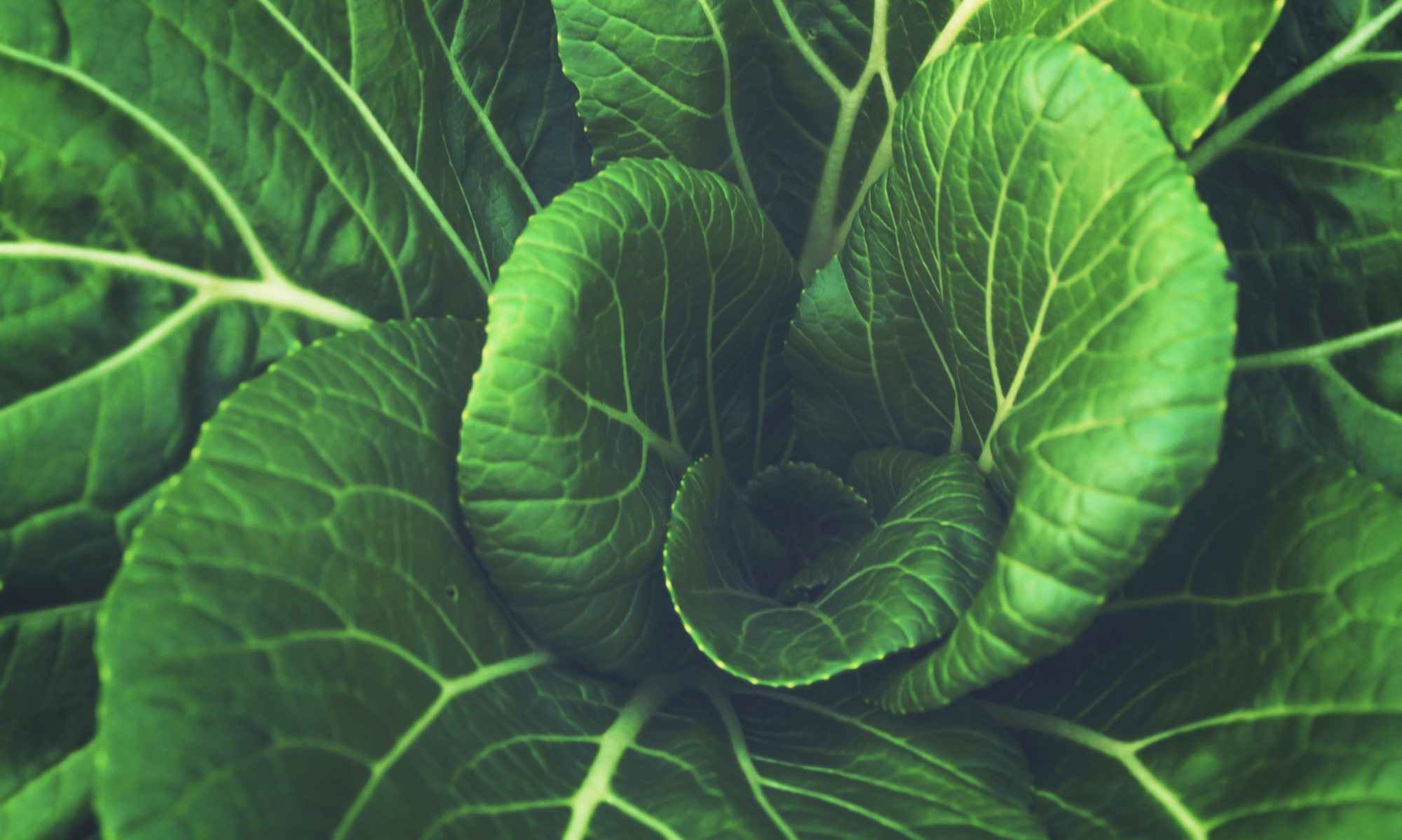The Grain Conundrum
Now, human civilization was not very far away. The next step in our history involved ancient people applying the gardening principle to more energy dense foods, like wild grasses. Why wild grasses you ask? There are a few key reasons that indicate grain was the obvious choice for planting:
- Abundance: Wild grasses are one of the most common plants in the world. As a result, humans that consume grasses would not have to make much effort to find and grow the plants.
- Seed Size: The digestible part of most wild plants are the seeds. This means that humans would only try to grow plants with the biggest seeds. Growing smaller grasses was not worth the energy.
- Growth/Reproduction Speed: The plants humans wanted to grow would need to have short lifespans. If the plants took more than a year to grow, humans would not be able to harvest food in time for the winter months.
These requirements narrow down potential farming plants to a few hundred species of grass. However, many of these options did not take root in agriculture. Here is why:
Artificial Selection: Simplified Genetics
When humans began to plant grasses, natural selection was replaced by human selection. This means that humans now were in control of which plants would be allowed to pass down their genes. What were humans selecting for? In short, any grains that provided more accessible energy were chosen for replanting. By doing this, humans were unintentionally tinkering with genetics. This requirement added to our agricultural restrictions:
- Defensive Mutations: In order to make seeds accessible, the defensive trait of hard shells had to be bred out of the population. Less robust shells meant less energy spent when processing food. Breeding out such a trait would have been possible only if one gene was responsible for the husk. If a combination of genes was responsible, then it would be hard to cross the correct plants, especially without any biological knowledge. In short, for an ancient human to randomly notice and breed “better” grain, a one gene defensive system would have to be present.
- Self Pollination: After the correct cereal had been bred, the only way to keep the future generations equally viable was for the grain to be self pollinating. If the grain could reproduce by itself, the farmers would not need to cross the plants every season. Instead, after the desired traits were present, they would simply allow the grass to reproduce by itself.
With all of these requirements in place, very few species of grain were viable for planting. This explains why most of our food contains only a few grains (wheat, barley, corn, etc.).
Note how no biology was needed to come to these conclusions. These findings could be easily deduced by humans 12,000 years ago over a couple of generations. All it required was a few experiments and a few deductions, both of which we evolved to do.
As these primitive farming habits slowly began to supplement hunting and gathering, human civilization was glinting on the horizon. The last step in securing food production involved the domestication of animals.



4 Replies to “Human Civilization: The Next Step Forward”
Comments are closed.